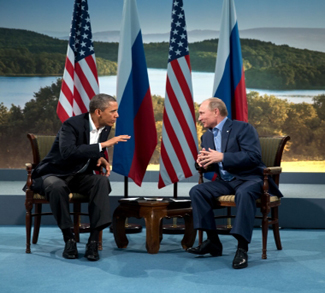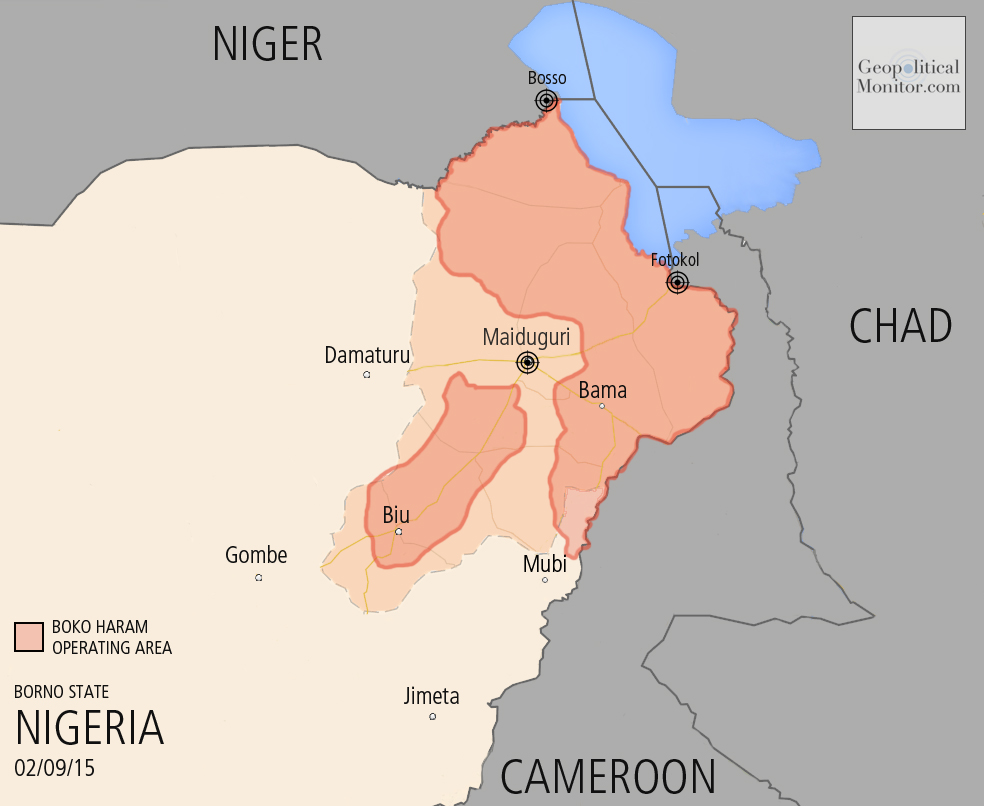Summary
The hostile tone in DPRK statements reverses a brief period of détente during the last year of the Bush administration, a period that witnessed the DPRK’s removal from the U.S. State Sponsors of Terrorism List. The causes of DPRK hostility could stem from internal succession politics or geopolitical considerations, impacting the East Asian security situation.
Analysis
Last year, reports surfaced that Kim Jong-Il had suffered a stroke. He subsequently disappeared from public view, most notably missing the government’s 60th anniversary celebrations. Although Kim Jong-Il is now ostensibly back in control and appearing in public, his health problems have raised concerns over the constitution of a post-Kim DPRK leadership.
Unlike his father, Kim Jong-Il has not officially designated an heir apparent. There is a great deal of speculation over who he favors for the job. His youngest son, Kim Jong-Un, his eldest son, Kim Jong-Nam, and the director of the administration department of the North Korean Workers Party, Chang Song-Taek, have all been cited as possible frontrunners by media sources based outside the DPRK. While it is impossible to know exactly how the succession process is playing out, there are indications of high-level changes occurring within the government. In a recent cabinet shuffle, nine ministers were replaced.
In the absence of a legal mechanism for succession and taking into account the nepotism of the North Korean regime, these candidates and the party cadres attached to them will be competing by displaying their commitment to the Revolution and Kim Jong-Il’s policies. As such, it is likely that for this period of time, DPRK foreign policy will trend towards outright hostility and possibly even brinkmanship.
Alternatively, the North’s recent hostility may be motivated by geopolitical considerations. Kim Jong-Il is certainly aware that there are constituencies within South Korea that do not support President Lee Myung-Bak’s halt of unconditional aid to the North. By adopting a confrontational response, Kim Jong-Il can paint Lee’s policies as misguided, creating nostalgia in the South for the quieter days of the Sunshine Policy.
Another possible motivation for DPRK hostility is leverage in future negotiations with the Obama administration. In accordance with the six-party diplomatic agreements, the North has been receiving energy assistance in return for the disablement of nuclear facilities. In December 2008, Washington attempted to cut off energy assistance because of a stalemate in verification negotiations. By increasing inter-Korean hostilities, the North could be not so subtly reminding Washington of its importance in the region. Recent developments have no doubt caught the U.S. government’s attention, particularly reports that the North is preparing a Taepodong-2 test; a missile that is thought to be able to reach Alaska and the other west coast targets.
Escalating tensions on the Korean peninsula can profoundly impact the East Asian security situation. The North’s threat to ignore sea border agreements with South Korea creates the danger of naval clashes along the lines of those last witnessed in 2002. A Taepodong-2 test would be interpreted by Japan as a reason to boost its deterrent military capabilities, a trend that would create alarm in China. While Chinese interests would be compromised by an East Asian arms race, China’s ability to leverage any economic or military power over the North is restricted by a fear of the refugee catastrophe that would result from North Korean regime instability or collapse.
Zachary Fillingham is a contributor to Geopoliticalmonitor.com



